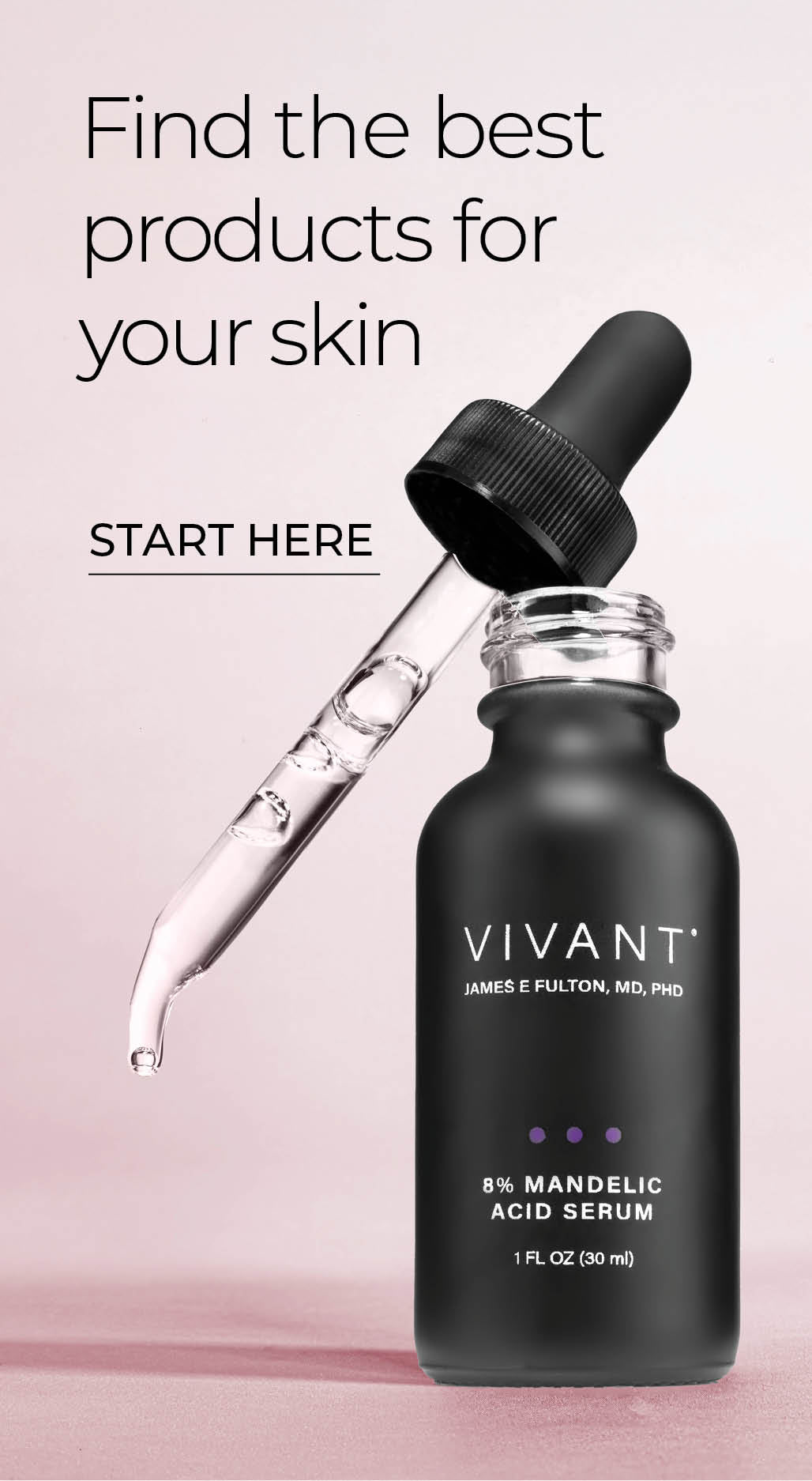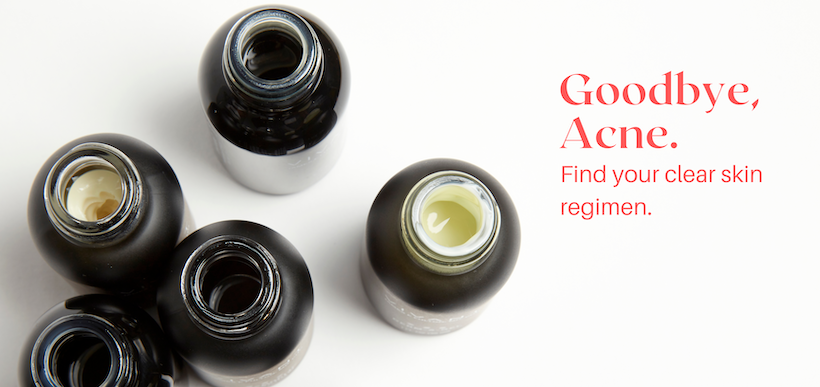Flake It Till You Make It: Why Flaking is Necessary for Rejuvenation

Table of contents
The Truth About Skin Flaking
The question we are asked most often from people using our products for the first time is “Why is my skin flaky?” Let’s start there. If your skin is flaking, all is right with the world. Your skin is acclimating. You may also notice some tightness or itching. Your skin may feel dry or appear rosy and pink. These are the signs of cellular regeneration and real change in your skin. They are normal, expected, and necessary; crucial, in fact, for generating healthy new cells, clearing impactions, lifting excess pigment, and diminishing fine lines. Flaking skin often gets a bad reputation. Many people assume it’s a sign of irritation, dryness, or something gone wrong with their skincare routine. In reality, controlled skin flaking is a key part of the rejuvenation process.
When your skin flakes, it’s not “breaking down”—it’s shedding damaged, dead cells so that fresh, healthy cells can rise to the surface.
Why Skin Needs to Flake
Skin cells mature, rise to the surface, and are shed away in a period of about 30 days. Vivant products are formulated to accelerate that process with transformative ingredients that work deep in the dermis. Retinyl Propionate, the patented ingredient in Vivant’s vitamin A therapies, speeds cell turnover from 30 to about 14 days. Your skin naturally renews itself about every 28 days. As part of this cycle, old cells are pushed out and replaced by new ones. But factors like age, stress, UV damage, and environmental exposure can slow this process.
That’s where flaking—whether from natural turnover or exfoliating ingredients—becomes essential.
Our mandelic acid serums are also formulated to lightly exfoliate and gently accelerate cell turnover. Benzoyl peroxide is a keratolytic agent, which means it creates a controlled peel in the skin, a necessary component in clearing and retexturing.
What all these cell regenerators have in common is the rapid renewal that results in the flaking that you see. It’s the sign that your products are working. You can’t get to where you want to be without some of these signs of acclimation occurring.
Without exfoliation, dead skin cells build up on the surface of skin and block the moisture barrier, making fine lines appear more visible, and keeping your products from delivering their effective ingredients. Exfoliating removes the dead skin cells allowing moisture into the skin and enhancing absorption of products. Ultimately, more exfoliation equals more moisture and better results from products such as vitamin A correctors, sun protectants, and hydrators. Using products immediately after washing will also help to seal in moisture.
If your skin is naturally dry, you will notice improvement sooner than people with oily skin because dry skin has more dead skin cells on the surface, so it will exfoliate faster.
Within four to six weeks, the signs of acclimation will disappear while firmness, texture, and tone are improved. Your skin will feel renewed, softer, more elastic, hydrated, and resilient.
Don’t fear the flake.
Benefits of Skin Flaking for Rejuvenation
- Removes dead skin cells that cause dullness
- Unclogs pores to help reduce breakouts
- Stimulates cell turnover for fresher, smoother skin
- Improves product absorption so serums and moisturizers work more effectively
- Reveals brighter, more even tone
Flaking vs. Irritation: Knowing the Difference
Not all flaking is created equal.
- Healthy flaking: light, temporary shedding after using clinical-strength actives like Vivant’s Mandelic Acid 3-in-1 Serum or Retinoids. This signals your skin is renewing.
- Irritation-driven flaking: accompanied by redness, itching, or stinging. This means your skin barrier may be compromised and needs repair with a product like Allantoin that restores and revives dry, mature, irritated or overly exfoliated skin.
What Causes Skin to Flake During Treatment?
Flaking often occurs with rejuvenating ingredients such as:
- Alpha Hydroxy Acids (AHAs) – gently dissolve bonds between dead skin cells
- Retinoids – accelerate cell turnover for smoother texture
- Benzoyl Peroxide or Antibacterials – target acne while encouraging shedding of impacted cells
These controlled exfoliation processes are what make professional and clinical skincare effective.
Supporting Your Skin Through Flaking
Best Practices to Manage the Process
- Hydrate generously: Use barrier-supportive moisturizers to prevent excess dryness.
- Don’t pick or peel: Allow natural shedding to take its course.
- Use SPF daily: Newer skin cells are more vulnerable to UV damage.
- Be consistent but gentle: Stick to your regimen, but avoid over-exfoliating.
The Big Picture: Flaking Equals Renewal
Skin flaking isn’t a setback—it’s a step forward in rejuvenation. By letting go of dead, damaged layers, your skin can reveal its true potential: brighter, smoother, and more resilient.


Comments